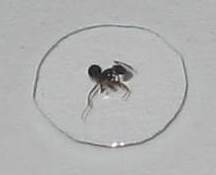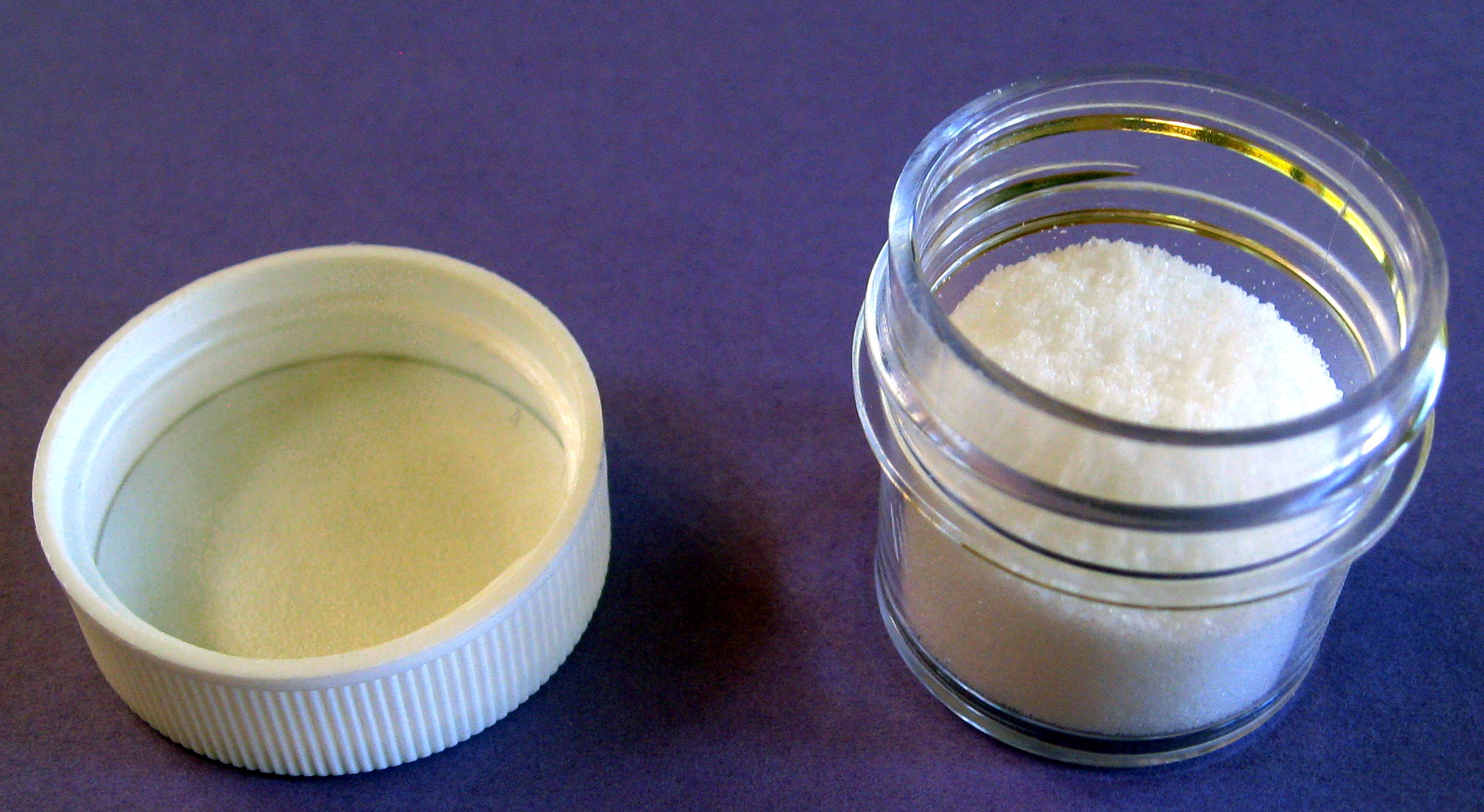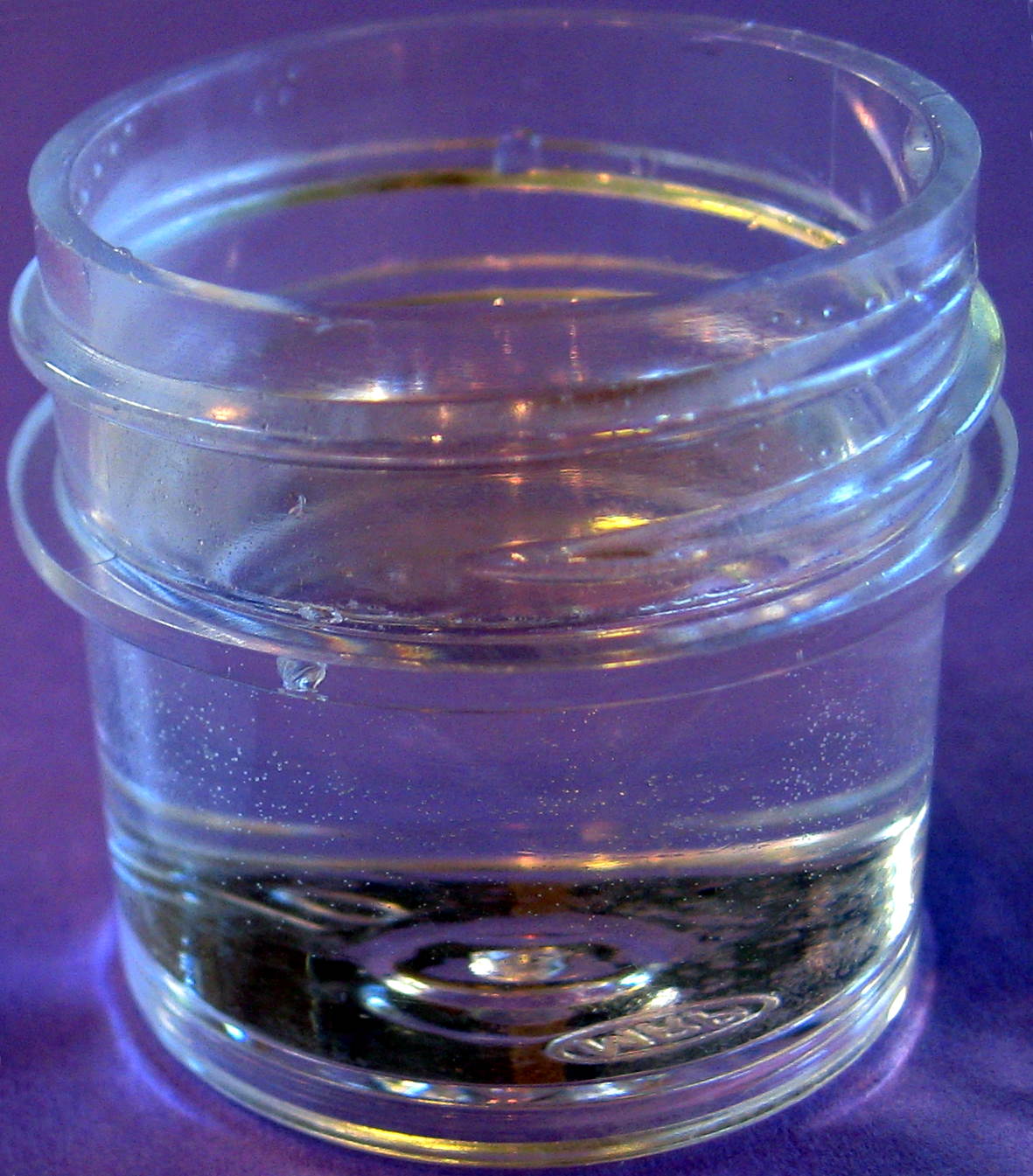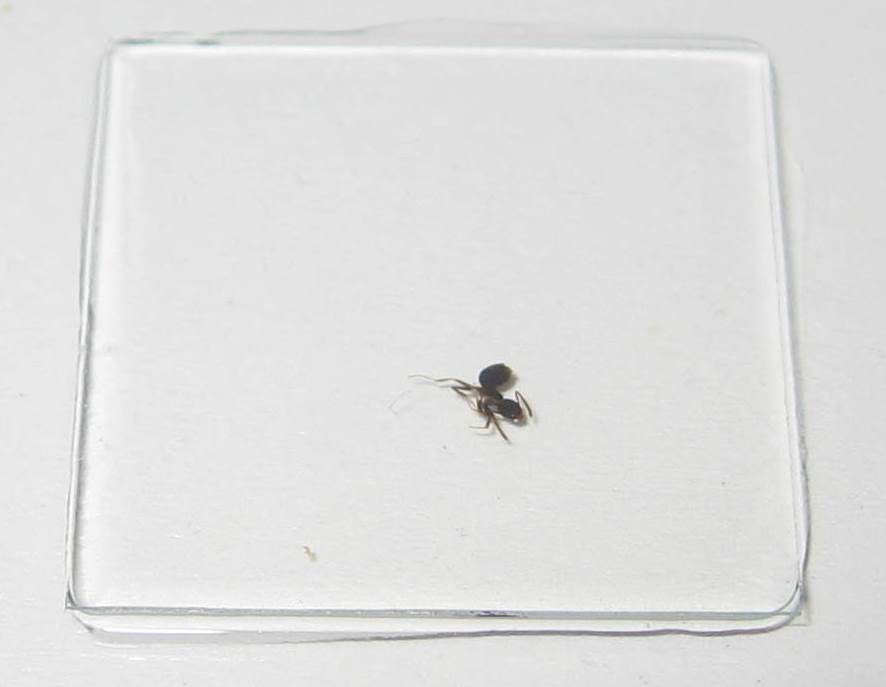Ant Millie drowned herself in alcohol, but her tiny little body has been donated to science, for the benefit of all who want to know how to prepare microscope slides.
(Click on the any of the images to get a larger view)
Making a simple slide like this one only takes a minute or two.
The specimen in this case had been soaking in 91% isopropanol. The first step in the preparation was to remove the ant from the alcohol, and place it on the middle of a clean slide.
Next, we placed a drop of water on top of the ant, and gently prodded the ant with a pin to shake loose as many bubbles as we could. We missed one in the slide shown above, and in closer images you can see it at the base of her right antenna. Taking a moment to examine the drop of water under low power would have been a good idea at this point.
The next step is to add something to the drop of water that has a higher index of refraction, closer to that of glass. Traditionally this has been done with Canada Balsam, the sap of a tree. However, I find it much more convenient to use a solution of fructose in water (you can use plain corn syrup out of the bottle, but I happened to have a cup of powdered fructose, which I mixed with water). The fructose will mix nicely with the drop of water, and won't crystallize like sucrose (table sugar) would. It will preserve the slide for centuries.
We make the fructose solution by filling a small jar with granulated fructose, and then adding water to the same height as the fructose.
The fructose will gradually dissolve, and after about an hour, will be a clear solution.
Next, we take a clean cover slip and place one edge of it to the left of the drop of syrup, and slowly lay the cover slip down, so that no bubbles are trapped (and if any bubbles exist, they will be squeezed out to the right as the cover slip lies down). You can put a little pressure on the cover slip to seat it nicely, but don't squash the specimen. When in doubt, don't push.
Here is what the cover slip looks like when we're done:
A wet mount slide is done the same way, but without the syrup. Wet mounts are used when we want to watch things swim around, or when the slide will only be used for a short while.
We will use this slide in future topics as we discuss using a computer to stack images for improved depth of field, doing three dimensional images, and similar subjects. Ant Millie will continue to serve us well.






